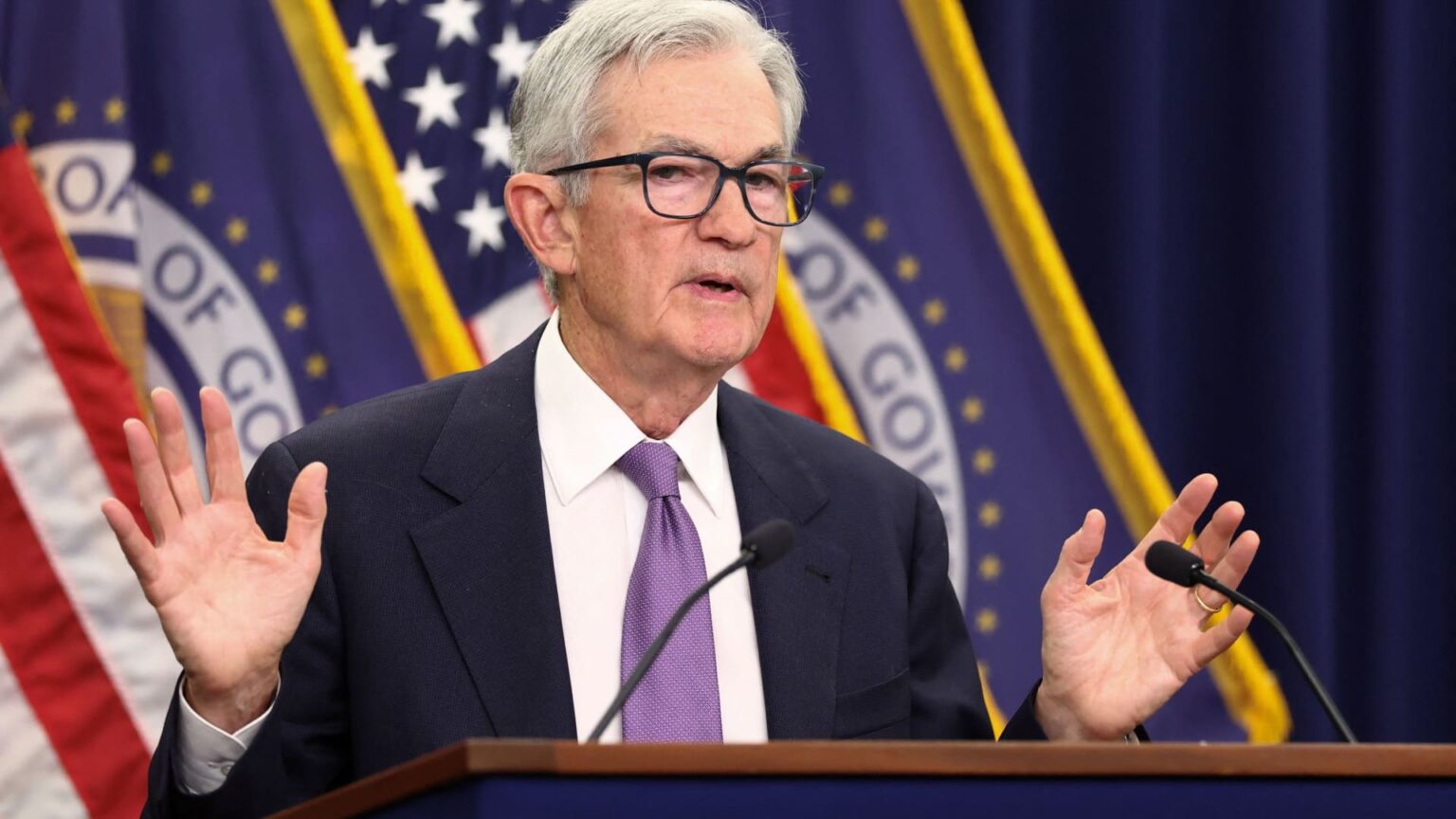On October 29, 2025, the U.S. Federal Reserve made headlines with its latest monetary policy meeting, which concluded with a quarter-percentage-point rate cut. Led by Chair Jerome Powell, the meeting yielded unexpected developments, including dissenting votes and a cautious approach regarding future cuts. This article delves into the key takeaways from the meeting, examining the implications for inflation, the end of quantitative tightening, and the overall economic landscape amidst ongoing uncertainties.
| Article Subheadings |
|---|
| 1) The Rate Cut and Dissenting Opinions |
| 2) Chair Powell’s Stance on Future Cuts |
| 3) The End of Quantitative Tightening |
| 4) Current Inflation Trends and Forecasts |
| 5) Economic Outlook Amid Government Shutdown |
The Rate Cut and Dissenting Opinions
During the recent Federal Open Market Committee (FOMC) meeting, the anticipated quarter-point rate cut was implemented. However, this decision was mired in controversy, evidenced by dissent from two committee members. Stephen Miran, Governor of the Federal Reserve, expressed disagreement by voting against the reduction, arguing for a more substantial half-point cut. Conversely, Jeffrey Schmid, President of the Kansas City Federal Reserve, advocated for maintaining the current rate, showcasing a growing faction of inflation hawks concerned about the Fed’s tendency to ease policy too readily. The dynamics within the committee reflect a deeper rift regarding monetary policy direction, indicating potential challenges ahead.
Chair Powell’s Stance on Future Cuts
In his post-meeting press conference, Jerome Powell articulated a cautious outlook on further rate cuts. While markets had anticipated a December cut with an approximately 90% probability, Powell’s emphatic pushback signaled uncertainty. He noted that “strongly differing views” existed among the 19 participants and emphasized that a further reduction was “not a foregone conclusion.” This pronouncement highlights Powell’s attempt to temper market expectations and allows for flexibility in decision-making based on evolving economic conditions. The forthcoming meeting minutes, due for release in three weeks, are likely to echo the contentious dynamics from this meeting, providing further insights into the Fed’s policy considerations.
The End of Quantitative Tightening
Another significant outcome was the Fed’s announcement regarding the conclusion of quantitative tightening (QT), which involves allowing assets to mature without reinvestment as a means of reducing the Fed’s $6.6 trillion balance sheet. The committee stated that this process would cease after the November operations. Ending QT reflects a shift in strategy, and despite Powell’s reservations about a December rate cut, this decision could influence market liquidity in a similar manner. Furthermore, future reinvestments are projected to favor short-term bills, creating a lean toward Treasury securities, which has implications for financial institutions and investors aiming to navigate the changing landscape.
Current Inflation Trends and Forecasts
Amidst discussions of rate cuts, Jerome Powell addressed the inflation landscape, noting that rates are beginning to drift back towards the Fed’s target of 2%, currently hovering around 2.8% according to the preferred measure. However, he acknowledged that external factors, particularly tariffs, are contributing to this elevated rate. Importantly, Powell characterized these influences as temporary rather than long-term concerns. The Commerce Department’s upcoming report on personal consumption expenditures, which will be delayed due to a government shutdown, is crucial for gauging the official inflation figures and could influence future monetary policy considerations. The Fed’s focus remains on balancing inflation control while fostering growth in a complex economic environment.
Economic Outlook Amid Government Shutdown
Another layer of uncertainty introduced during the recent meeting is the impact of the ongoing government shutdown. While Powell recognized the challenges posed by the absence of federal data, he maintained that the overall economic picture remained relatively stable, albeit one characterized by moderating growth and rising unemployment. He stated, “The outlook for employment and inflation has not changed much since our meeting in September,” reflecting the Fed’s commitment to navigating through uncertainties. Given the circumstances, markets are likely to stay vigilant in response to ongoing developments, and any shifts in economic indicators could prompt further policy evaluations as the Fed strives to uphold its dual mandate of stable prices and full employment.
| No. | Key Points |
|---|---|
| 1 | The Federal Reserve issued a quarter-point rate cut amidst dissent from two committee members. |
| 2 | Chair Jerome Powell downplayed expectations for a December rate cut, emphasizing differing views among committee members. |
| 3 | The end of quantitative tightening (QT) was confirmed, with changes in reinvestment strategies toward short-term bills. |
| 4 | Current inflation rates are approximately 2.8% and are influenced by temporary factors like tariffs. |
| 5 | The ongoing government shutdown contributes to uncertainties in the economic outlook, yet key economic indicators appear stable. |
Summary
The recent Federal Reserve meeting showcased a mixture of expected outcomes and surprising developments that left markets pondering the future of monetary policy. Chair Jerome Powell’s emphasis on caution regarding further rate cuts, coupled with discussions around the end of quantitative tightening, provides insight into the Fed’s complex balancing act of nurturing economic growth while keeping inflation in check. As external factors like the government shutdown continue to shape the economic landscape, stakeholders will closely monitor subsequent developments and data releases that will influence decision-making in the upcoming months.
Frequently Asked Questions
Question: What is the Federal Open Market Committee (FOMC)?
The FOMC is a component of the Federal Reserve that oversees the nation’s open market operations and makes key decisions regarding interest rates and monetary policy.
Question: How does quantitative tightening (QT) affect the economy?
QT involves the Fed reducing its bond holdings, leading to less liquidity in the market, which can influence interest rates and borrowing costs.
Question: Why is inflation relevant to interest rates?
Inflation levels significantly influence interest rate decisions made by the Fed, as higher inflation may prompt rate increases to maintain price stability.


